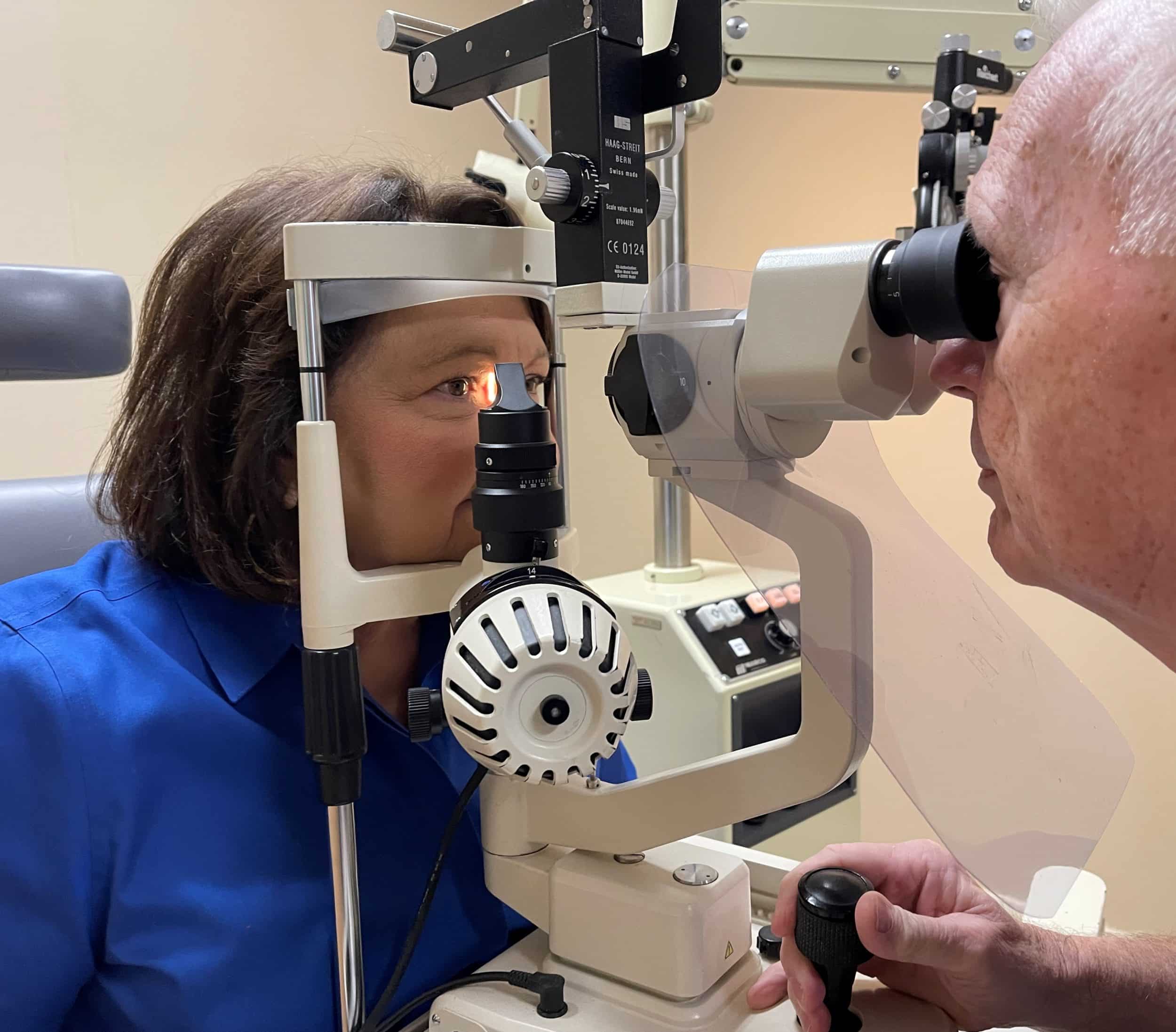
Many Americans eagerly look forward to retirement, and a slower, more enjoyable pace of life filled with gardening, volunteering or traveling. But some older adults may not be able to fully participate in their favorite post-career activities because of problems with their eyesight.
Known collectively as low vision, these particular eyesight deficiencies can’t be corrected or improved with glasses, contacts or surgery. Many of these symptoms like blurring or blind spots arise from eye conditions for which older adults are more at risk, including glaucoma, macular degeneration or diabetic eye disease.
“Many of these age-related eye diseases gradually emerge with little or no symptoms,” says Dr. David Richardson, an eye surgeon with Hattiesburg Eye Clinic. “When the person finally begins noticing problems, their disease is often well advanced and may already have caused irreparable damage.”
But while low vision symptoms may be permanent, it’s often possible to lessen the underlying condition’s impact if it’s found early. This is often possible by seeing an eye care professional for a yearly eye exam, beginning around age 40—or earlier if you have a family history of eye disease.
In Dr. Richardson’s words, “If caught early, it may be possible to slow or halt the progression of many eye diseases that cause low vision.” For example, glaucoma, caused by abnormally high eye fluid pressure leading to irreversible optic nerve damage which can result in blindness, can be treated with topical eye drops, laser or other advanced surgical treatments.
Even if you’re already experiencing low vision symptoms, there are things you can do to minimize their impact on your quality of life. In recognition of Healthy Aging Month in September, Dr. Richardson and his fellow physicians at Hattiesburg Eye Clinic recommend continuing care with an eye doctor, as well as a few changes to your home and lifestyle to improve your visual experience.
Increase lighting. Low vision coupled with reduced lighting in your home environment greatly increases the risk for injuries from trips or falls. To lessen that risk, be sure to incorporate better lighting in travel areas like staircases, hallways or kitchens where injury risk may be higher.
Improve contrast. To aid with depth perception, contrast light and dark colors to make items like placemats, rugs or cutting boards stand out more sharply against their backgrounds. You might also want to place contrasting tape along the edges of carpets, stair steps or lamp shades to reduce your risk of tripping.
Organize your home. If your house is cluttered, you may find it more difficult to navigate with low vision. Be sure, then, to reduce clutter, especially in well-traveled areas, and assign items to a proper storage location where you can easily locate them. You may also want to label items like jars, cans or other containers to make it easier for you to see and identify them.
Embrace technology. Digital assistance systems activated by voice like Google Home, Alexa or Siri can be quite helpful for doing tasks in your home like turning lights and appliances on and off, locking doors or making phone calls. If you’re finding it more difficult to read, audiobooks or related services can enable you to enjoy the latest best seller or “beach read.”
If you’re older and you’ve put off annual eye exams, it’s never too late to start. With the help of a caring eye professional, you may still be able to make the most of your life’s “second half,” even if your eyesight isn’t what it used to be. Don’t delay: with your doctor’s help, improving your visual experience and your quality of life could be one phone call away.
For more information on senior eye care, visit our webpage. To learn more about how Hattiesburg Eye Clinic can improve your vision health, call 601-268-5910 (or toll-free 800-624-8254) or schedule a consultation with us online.


